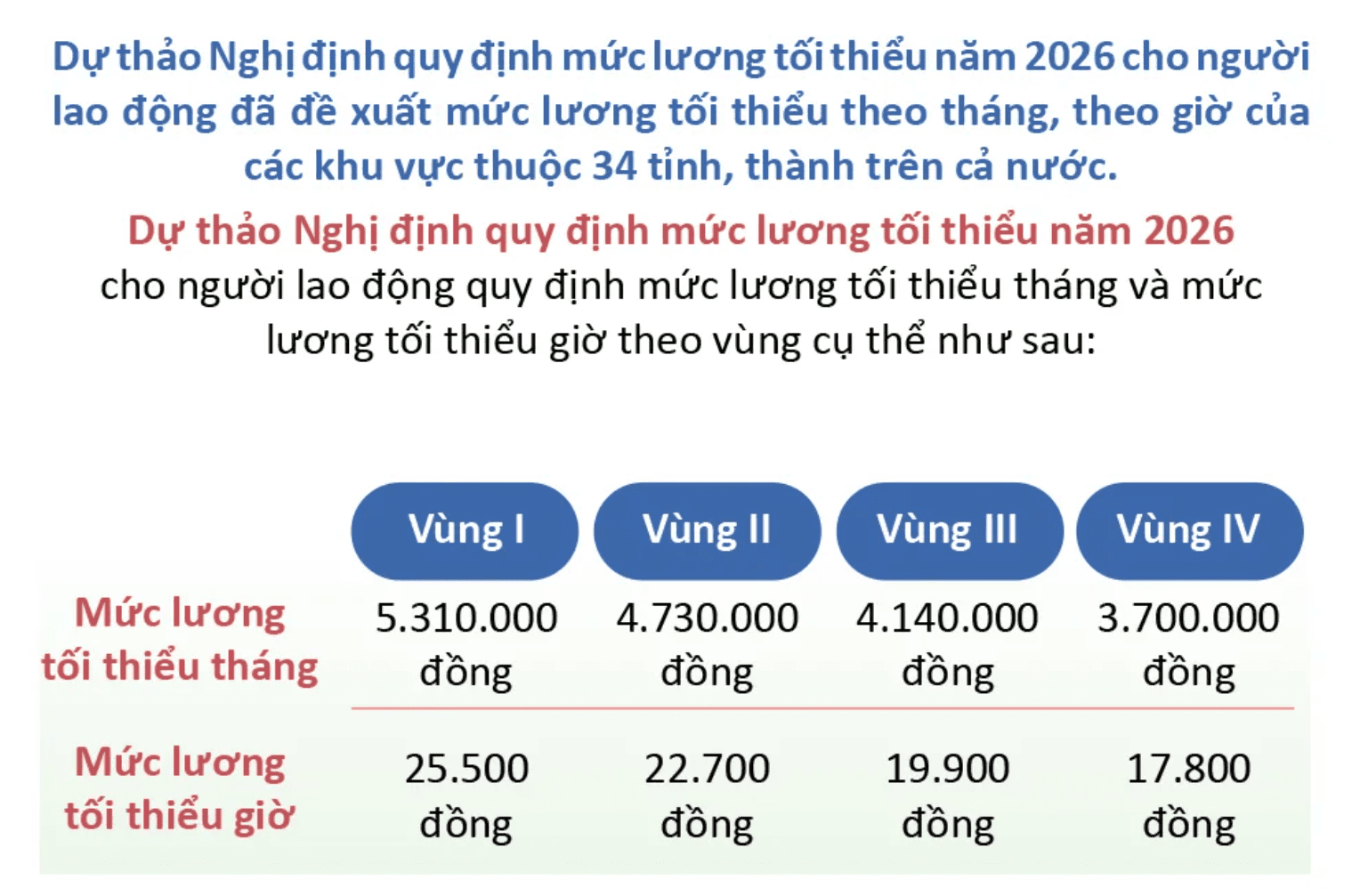The Wave of Innovation in Vietnam: The Rapid Growth of the Food Delivery Marke

Vietnam’s culinary culture, known for its diversity and rich flavors, is currently undergoing a new revolution through the rapid growth of food delivery services. Alongside the wave of digitalization, the food delivery market throughout Vietnam is expanding, bringing new conveniences and pleasures to everyday life. This article explores the current state and future of this dynamic market.
目次
1. Introduction: The Rise of the Food Delivery Market in Vietnam
In recent years, the demand for food delivery services in Vietnam has surged dramatically. This increase is driven by the rise of digital natives, particularly among the younger generation, the accelerated pace of urban life, and most importantly, lifestyle changes brought about by the COVID-19 pandemic. Many Vietnamese have shifted from dining out to eating at home, prompting restaurants and cafes to focus more on delivery. In major cities like Ho Chi Minh City and Hanoi, food delivery services have become an indispensable part of daily life.
2. Key Players and Innovative Startups
The Vietnamese food delivery market is contested by major service providers such as GrabFood, Now.vn, and Baemin. GrabFood leverages its existing ride-sharing network to offer quick deliveries, gaining a substantial user base. Meanwhile, Now.vn, a homegrown service, caters to local needs and focuses on partnerships with local eateries and small-scale food outlets. Startups like Lalamove and Foody are introducing niche services, offering specific cuisines or health-conscious meals, bringing fresh air to the market.
3. Convenience and Customer Experience in Food Delivery
For Vietnamese consumers, the primary appeal of food delivery services lies in their convenience. With just a few taps on an app, users can have meals from a wide range of choices, from local to international cuisines, delivered to their homes. The user interfaces of these delivery apps are intuitive and easy to use, with online payment completing a smooth user experience. Furthermore, review systems allow users to make informed choices based on other customers’ ratings, ensuring high-quality service.
4. Challenges and Solutions: Towards Sustainable Growth of the Market
The rapid growth of the food delivery market comes with several challenges, including the need for improved delivery infrastructure, traffic congestion issues, and the environmental impact of disposable packaging. To address these, many delivery services are adopting eco-friendly packaging and optimizing delivery routes for efficiency. Initiatives to promote the use of electric bikes are also underway to reduce the environmental footprint of delivery processes.
5. Future Prospects: New Trends in Vietnam’s Food Delivery Market
The food delivery market in Vietnam is expected to continue growing with technological advancements. The use of artificial intelligence (AI) and big data will enable more personalized dining experiences. The potential for drone deliveries and autonomous vehicles is also being explored. These technological innovations will further enhance the convenience and sustainability of food delivery services in Vietnam.
(Photo by Unsplash.com)



